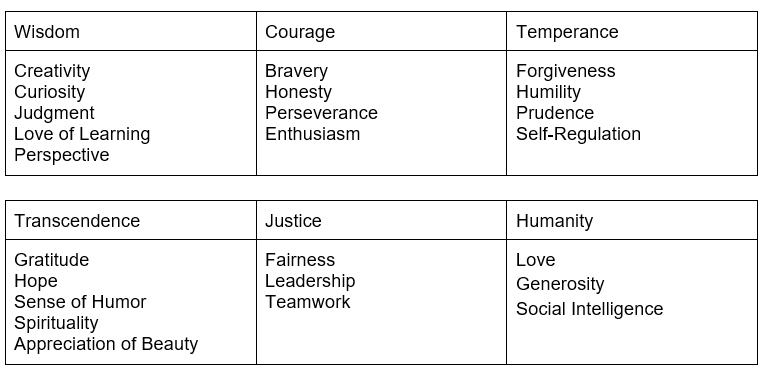What Has Been Your Greatest Achievement? What did you do to accomplish it?
Our achievements are often linked to developing what we already do well. They come from combining what we love to do with what comes naturally to us. So, what is that thing you do with ease and excellence? Maybe it’s painting, dancing, managing finances, organizing family activities, or solving problems whatever it is, that’s part of your personal strength.
Hay una parábola llamada “Soar with your strengths” de Donald Clifton y Paula Nelson, del año 1992. En esa parábola, se habla sobre la manera en la que la educación se ha enfocado en resolver o mejorar los temas en los que los niños tienen deficiencias. Es decir, cuando ibas a la escuela, las maestras hacían una evaluación de contenidos para mejorar aquellos puntos en los que el grupo debía mejorar. Sin darse cuenta que haciéndolo al revés es mejor para los estudiantes. Qué pasaría si pudieras hacer cualquier cosa que te parece complicada, haciendo uso de lo que sabes hacer bien, sea lo que sea.
Strengths are the qualities and abilities we all possess that, once recognized, can be used to our advantage in any situation. They are essential tools for life.
How Can I Identify My Strengths and My Child’s?
Observe your children’s interests: what captures their attention during a normal day, what they play, and how they behave while doing so. If you notice them fully engaged and having fun, that’s a great clue to discovering their natural strengths.
You can also take a free online test at the VIA Institute on Character website: https://www.viacharacter.org/. There, you’ll answer a series of questions and learn which strengths are most prominent in you.
These character strengths were developed by Martin Seligman, the founder of positive psychology. They include:

These strengths are grouped into universal virtues moral qualities that guide good actions, help people choose wisely, and align with each person’s values.
Read through the list again and think about which of these strengths you believe are most developed in yourself, based on your personality and behavior. Then, think about which ones might be strongest in your children. It’s important to note that we all possess all of these strengths, though not to the same degree. The idea behind the VIA test is to help you discover your top 10 strengths. Don’t worry about those that seem less developed you can always work on them but the main goal is to focus on what feels natural to you, what comes easily, and what helps you achieve greater well-being.
How to Use Your Strengths?
Strengths contribute to our overall well-being by helping us feel good about ourselves and recognize that we all have superpowers ready to be used. Use your strengths to be authentic, positive, and to cultivate happiness.
The most important thing is to share your strengths put them at the service of others. Helping someone through one of your strengths doesn’t diminish the others.
Strengths are observable; they reflect aspects of character but do not define who you are. They exist to help you solve problems, grow, and become a better version of yourself.
At our school, your children are encouraged to develop what they do best. We aim to help them enhance their well-being through academic and personal activities that allow them to recognize their own qualities both individually and as part of a community. We want them to feel confident so their talents can shine when needed. That’s why one of the cornerstones of their education is future guidance helping them explore their strengths through guided experiences, real-life learning, and self-awareness. All of this prepares them for the years ahead and for a future built on their personal growth and potential.
Download guide


